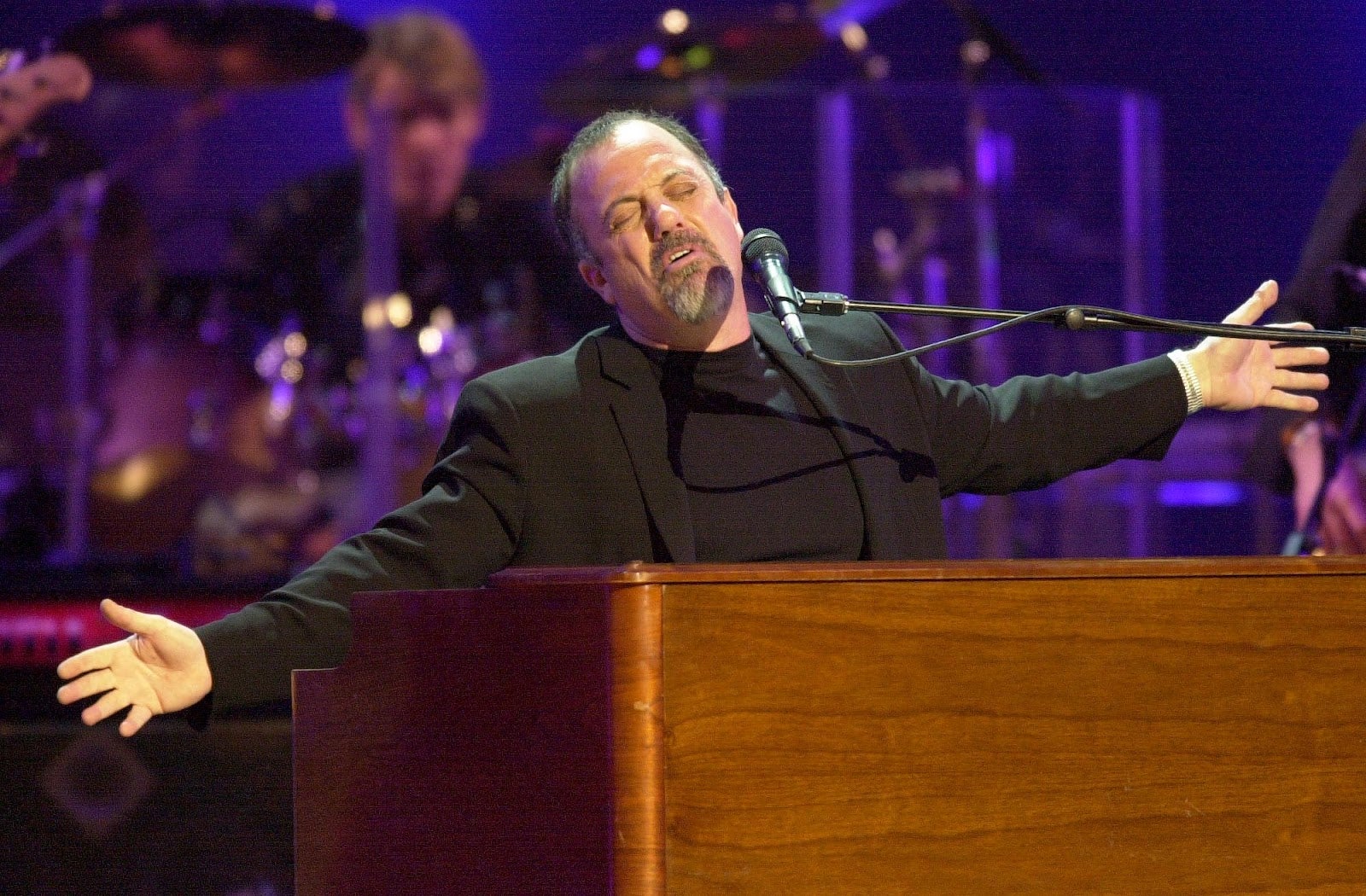FIRE: Saving a little too painfully
Eighth-grade math for yuppies

Eighth-grade math for yuppies
Suggested Reading
What’s not to like about the type of freedom encapsulated by “Financial Independence, Retire Early”? It’s no wonder the FIRE movement, which champions slashing expenses, maximizing income, and saving intensely, captured the imagination of so many—saving until it hurts feels virtuous while also luxurious, in a way. In theory, your future self will bask in the smoldering glow of true freedom, which FIRE defines as not having to work for a living.
Related Content
Looking back from the 2020s, it’s possible to understand FIRE in a broader 2010s context—as a work-culture trend that didn’t announce itself as a work-culture trend. Squint, and FIRE kind of looks like Quiet Quitting 1.0, an escape hatch from all those standing desks and “database ninjas” that populated startup and tech company offices. If the big idea was to leave one’s workplace, doesn’t that suggest those workplaces, despite their craft beer kegs and ping-pong tables, weren’t that great?
In fact, the white-collar flavor of the FIRE trend has long been a source of criticism. In 2018, journalist Miles Howard pointed out that FIRE-style frugality is “only for the rich.”
This author has been there—writing about FIRE for Quartz in 2017—and back again. And one thing I’ve learned is that one wins at FIRE by achieving, but then forgetting, your biggest financial goal.
But before I tell you about how I came to forget about money, let’s rekindle the flame.
FIRE starter
The modern FIRE movement took shape in 2011, with the launch of Peter Adeney’s Mr. Money Mustache blog. Its tagline: “Financial freedom through badassity.”
Adeney and his then-wife Simi were white-collar workers who, through a combination of frugal living and basic investing, amassed a $1 million nest egg by the time they turned 30. Then they quit their jobs, with Adeney blogging about their saving and investment strategies—plus his experiences as a 30-something retiree. No shuffleboard or Shoney’s senior breakfasts for him! Instead, Adeney hit the gym, cultivated his carpentry skills, and helped kick off a social movement.
It made for fascinating, addictive reading, especially if you were also a stressed-out white-collar worker, fantasizing about what you’d do with endless free time. Readers pored over Adeney’s FIRE practices, which he emphasized were as much about efficiency as frugality, and followed along with the simple, but not easy, financial math he laid out.
Other FIRE blogs flared up across the US and the world, while a community of dedicated practitioners formed on Reddit and other forums. Tens of thousands of ordinary people shared their FIRE goals, strategies, manifestos—even their search for FIRE-minded mates.
Media outlets started covering the phenomenon, too. In 2016, Adeney earned a profile in The New Yorker, baffling reporter Nick Paumgarten, who concluded that, though Adeney’s frugal lifestyle seemed extreme, the guy is “sort of ripped, in a ropy way.”
By the digits
5%: Share of disposable income that the average American saves
58%: Share of American households that own stocks
$75: Amount having a kid will cost you each month, according to the Frugalwoods bloggers
$5,300: Median savings account balance in the US
$41,600: Average savings account balance in the US
24,187: Number of times people have rated Your Money or Your Life, the foundational FIRE text, on Goodreads (at time of publishing)
$1 million: Common nest egg goal for people looking to lead their “ideal” life
1.5 million: Number of Reddit users who belong to the FIRE subreddit
$26 million: Amount of money that Billy McFarland, organizer of the failed Fyre Festival (not to be confused with any FIRE festival, as it only spent, not saved, painfully), scammed from investors

Do the math
As relatively diverse as the FIRE movement has proven to be, the basic principles remain the same. If you can do eighth-grade math—and honestly, that’s where I top out—you can grasp FIRE.
Here’s how it works: Devotees save as much of their incomes as possible, sometimes as much as 50% or more. Typically, they then invest their savings in index funds and other low-fee investment vehicles. The goal is to build a big-enough nest egg that you effectively never have to work again if you don’t want to.
To calculate the amount of money you need to retire, you take your current annual spending and multiply it by 25. For instance, if you spend $100,000 each year, then you need a $2.5 million nest egg to reach FIRE. At that point, you can take advantage of what is known as the “4% rule” or “safe withdrawal rate,” which says that if you withdraw no more than 4% of your total investment portfolio value each year, then you will, most likely, never run out of money.
That’s even if you encounter a broad stock-market downturn, such as the one that began in early 2022. If you want to road-test this notion for yourself, you can use a simple online simulator that aggregates thousands of market scenarios to demonstrate how your portfolio may perform across a long time span—potentially as long as 50 or 60 years, depending on your age when you reach FIRE.
No financial strategy is foolproof (and the 4% rule has its skeptics), but these market simulators suggest such withdrawals are relatively safe, and people who’ve achieved FIRE themselves are the living, budget-traveling proof.
Take Kristy Shen, who blogs at Millennial Revolution and wrote the 2019 book Quit Like a Millionaire. Chen and her husband Bryce, both 30-somethings, saved up $1 million—even while living in an expensive city—and since their retirement in 2015, they’ve traveled the world, living on the $40,000 or so they’re able to harvest from their portfolio each year.
Brief history
1992: Your Money or Your Life: 9 Steps to Transforming Your Relationship with Money and Achieving Financial Independence by Vicki Robin and Joe Dominguez is published. Oprah hosts the authors on her show later that year.
2011: Mr. Money Mustache, a.k.a. Peter Adeney, launches his blog.
2012: A co-worker sends me a link to a news story about the FIRE movement, marking the first time I ever hear about it.
2016: The New Yorker profiles ripped, ropy Adeney.
2017: Vicki Robin meets a helpful millennial who informs her that she’s famous on Reddit.
2018: PBS NewsHour profiles the FIRE bloggers known as the Frugalwoods.
2019: The New York Times discovers BIPOC and female FIRE devotees.
2022: Netflix launches a personal finance documentary, Get Smart with Money, featuring Peter Adeney.
Wet blankets
Critics say FIRE traffics in a false and damaging cliché–presenting unrealistic economic possibilities as normal and attainable, when the truth is they’re anything but.
The image of wealthy millennials practicing extreme savings plans, Miles Howard argues, perpetuates a myth that most millennials have access to the kind of high-paying jobs required to build such wealth, but lack financial discipline.
“The reality is most millennials don’t even have a college degree,” he writes.
Other skeptics argue that FIRE is simply a bad deal even for those who can afford to pursue it. “I don’t see how working extremely hard at something you want to quit as soon as possible while simultaneously trying to spend as little money as possible is actually a better bargain than finding a career you like and then enjoying your life as you live it,” says Ryan Holiday, author of personal growth bestsellers including The Obstacle is the Way and Stillness is the Key.
“Life is too short to live FIRE,” he argues. “Like with most things, moderation is key. Going back to the ancients, being parsimonious and being a spendthrift were just different extremes of the same vice.”
FIRE, but make it fun
Original FIRE now has a retro, yesteryear feel like subway tile and skinny jeans. I, at least, see it through a sepia filter. Back in 2017, when I wrote that essay for Quartz about my own FIRE practices, I thought I wanted to amass a pile of filthy lucre so I could quit working ASAP, too.
Through saving and investing (primarily in FAANG stocks), I did achieve the first half of the FIRE acronym by mid-2021. But my obsession with FIRE smoldered down to ashes right about the same moment. I didn’t want to sink any more time or energy into thinking about money. Scrooge McDuck was meant as a cautionary tale.
I am now retired early from FIRE, not from my day job. But the safety net has let me invest in other dreams. I have a kid now, a Sephora habit, and a post-lockdown urge to get out more.
Such is the vibe of this post-pandemic era, which now embraces variations of FIRE like SlowFi, Fat FIRE, and Lean FIRE. People still talk about wanting to retire early, yet many do so with a milder approach that emphasizes finding joy and meaning in your life today as much as saving and investing for the future. It seems like the best of both worlds.

Pop quiz
Fun fact!
Vicki Robin, co-author of foundational FIRE text Your Money or Your Life, had no idea she had hit celebrity status in a subreddit devoted to financial independence until a young fan recognized her name at a conference. “It was stunning,” she told Money in 2018. “I’m an elder in a community I didn’t know existed.”
Poll
What’s your relationship with saving vs. spending? Let us know what you think!
💬 Let’s talk!
In this week’s poll about car sounds, 55% of you said you’d go for a car that has a futuristic sound design, 25% want something that’ll help cool your road rage or calm your anxiety, and 20% of you said you prefer the good old-fashioned purr of a combustion engine.
Today’s email was written by Catherine Baab-Muguira, author of Poe for Your Problems: Uncommon Advice from History’s Least Likely Self-Help Guru, (invites any journalist to come to her house and report that she is “ripped”) and edited by Susan Howson (member of the Fire Nation, but not the FIRE Nation).